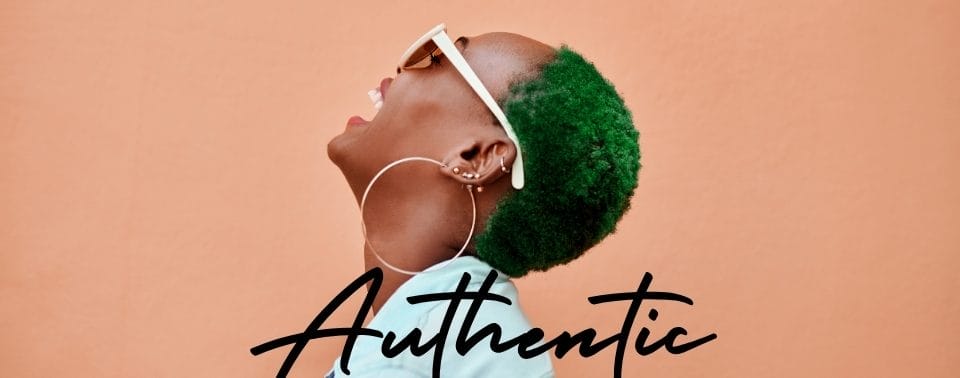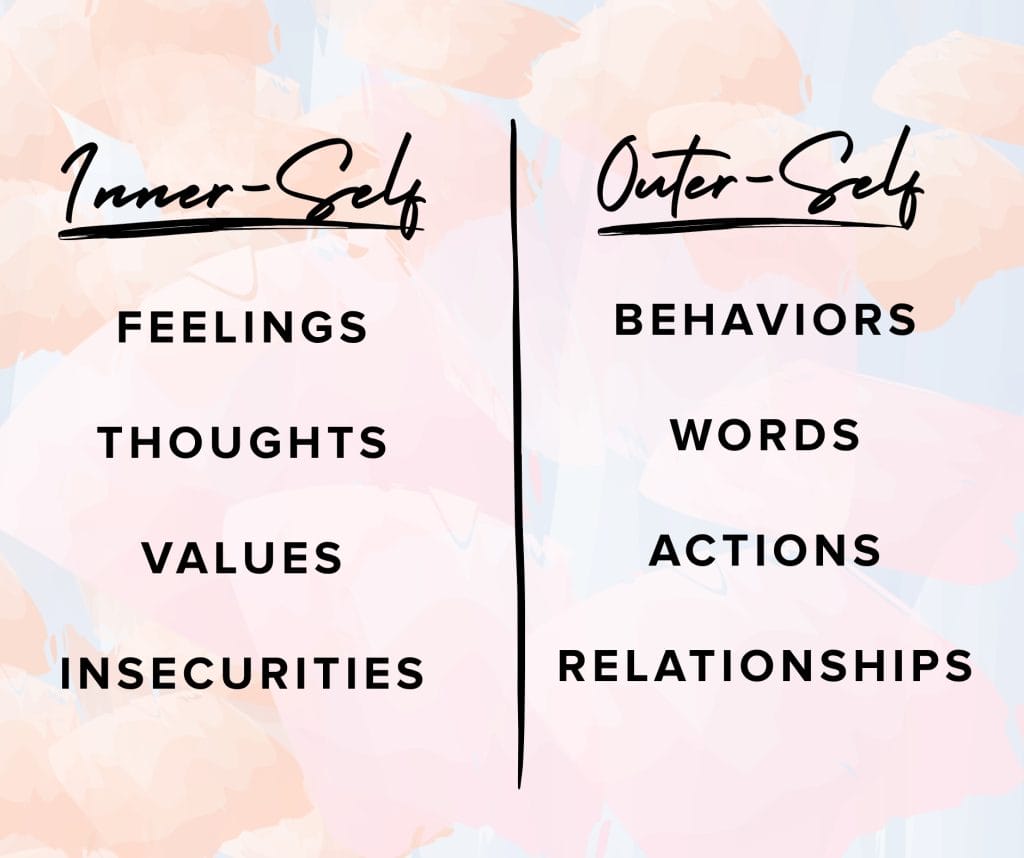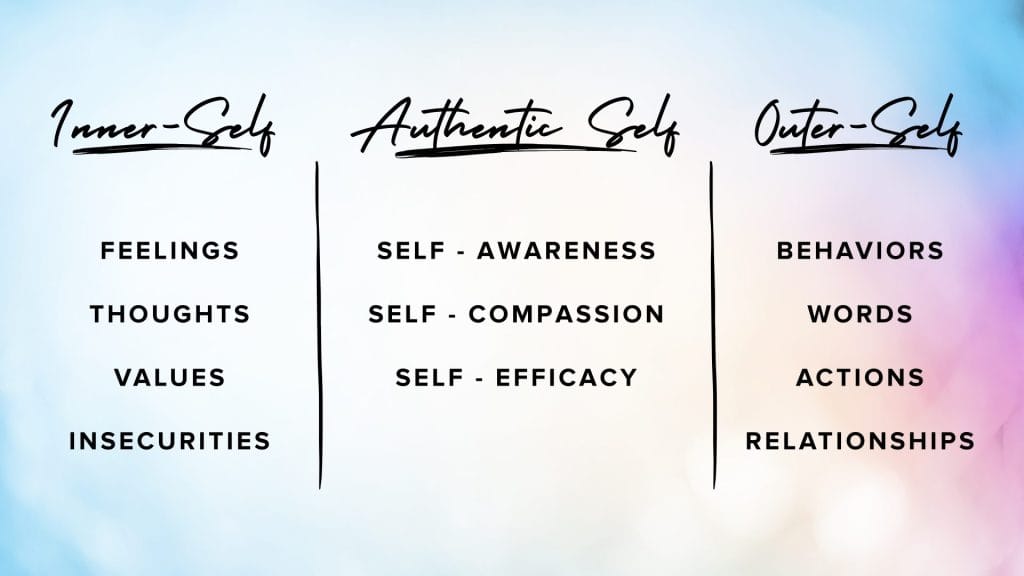
By Jason Lowe, LCPC
Learning from the Counseling Room
As a clinician (aka therapist), I’ve come to deeply value the ongoing opportunities to learn and grow through my time with clients. These moments continually shape not just my understanding of others—but also of myself.
As an ENTP (extroverted, intuitive, thought-centered, perceiver) on the Myers-Briggs and an Individualist (Type 4) on the Enneagram, I find that using a counseling approach that is both effective and authentic is essential.
Many of the most meaningful aspects of my work have come directly from conversations with clients, especially those who come in feeling overwhelmed by relational stress or breakdown.
When Relationships Impact Our Inner World
A large number of people—especially adults—seek therapy because of difficulties in their relationships. These challenges don’t just stay “out there”; they influence how we feel, think, behave, and how we view ourselves.
Symptoms of anxiety and depression often go hand-in-hand with relational disconnection or dissatisfaction. To visualize this, I often ask clients to consider the interaction between two parts of themselves: the inner self and the outer self.

The Meeting Place: Our Authentic Self
Something I’ve learned again and again is how often our inner and outer selves don’t play nicely together. That messy overlap? That’s what I call the authentic self.
You may wonder, what is the authentic self? This is where your internal world (thoughts, feelings, values) and external world (behaviors, communication, relationships) meet. It’s not always seamless, but it’s where the work of becoming who we truly are begins.

Self-Awareness, Self-Compassion, and Growth
Our authentic self is the lens through which we interpret and relate to the world—and to ourselves. With increased self-awareness, we’re able to move toward self-compassion.
Self-compassion doesn’t mean giving yourself a free pass. It means offering the same kindness, understanding, and patience to yourself that you would to someone you love. This shift often leads to greater peace, emotional resilience, and authenticity in relationships. And yes—it takes time.
Your Unique Journey Toward Wholeness
Each person’s authentic self is as unique as their personality, values, support system, and life experiences. Becoming more in step with yourself is about alignment, not perfection.
It’s about gradually moving away from unhelpful extremes and toward a more balanced, grounded version of yourself. The process is ongoing, shaped by how we interact with others and how we speak to ourselves.
The Power of Healthy Words
One of my earliest “aha” moments as a therapist came during my internship. I realized that the healthy, assertive words we often reserve for others are words we need to speak to ourselves first.
When we begin describing ourselves with truth, compassion, and clarity, we can also bring that same energy to our relationships. With some clients, I’ve created lists of healthy, helpful words that guide their communication and help them stay anchored in their values.
Your Turn: What Does Authenticity Look Like for You?
- What healthy and helpful words come to mind for you?
- What would being more authentic look or feel like?
If you’re unsure, that’s completely okay. Think of your life as a masterpiece—it may need to be uncovered, dusted off, or touched up. Be patient with the process.
Authenticity takes time. And you’re worth it.

Coming Soon: Learning Our ACBs
Stay tuned for more thoughts on emotional awareness and personal growth through a simple but powerful framework I call the ACBs.
Ready to Explore Your Authentic Self?
If this reflection resonated with you and you’re curious about what it might look like to explore your authentic self in a deeper way, we’re here to help.
Our approach to authentic self counseling is rooted in compassion, clarity, and connection—designed to support you in aligning who you are on the inside with how you live on the outside.

